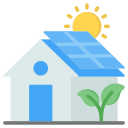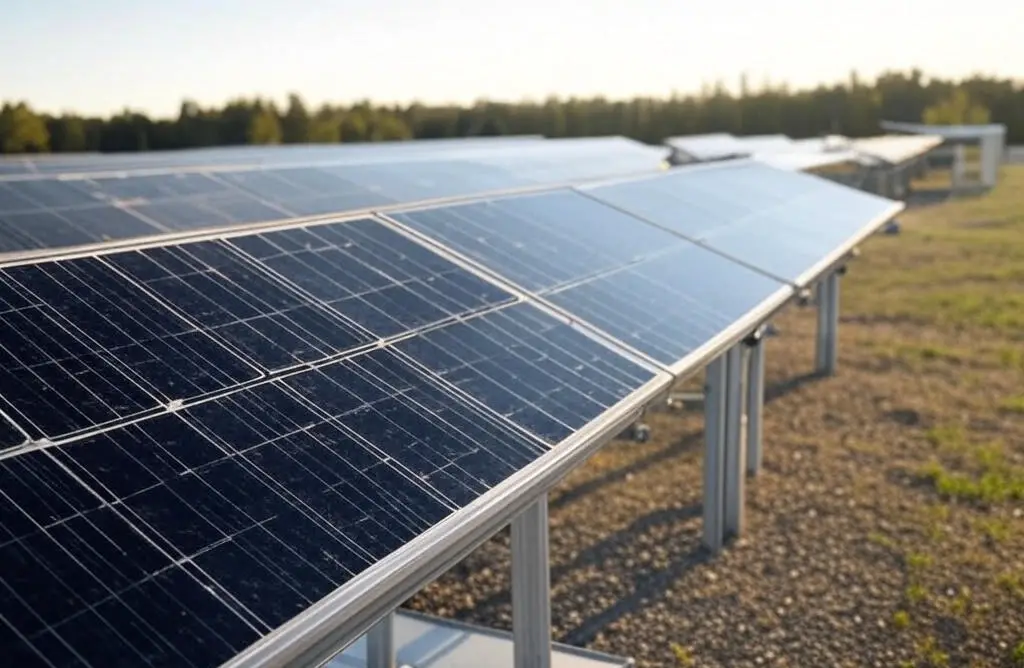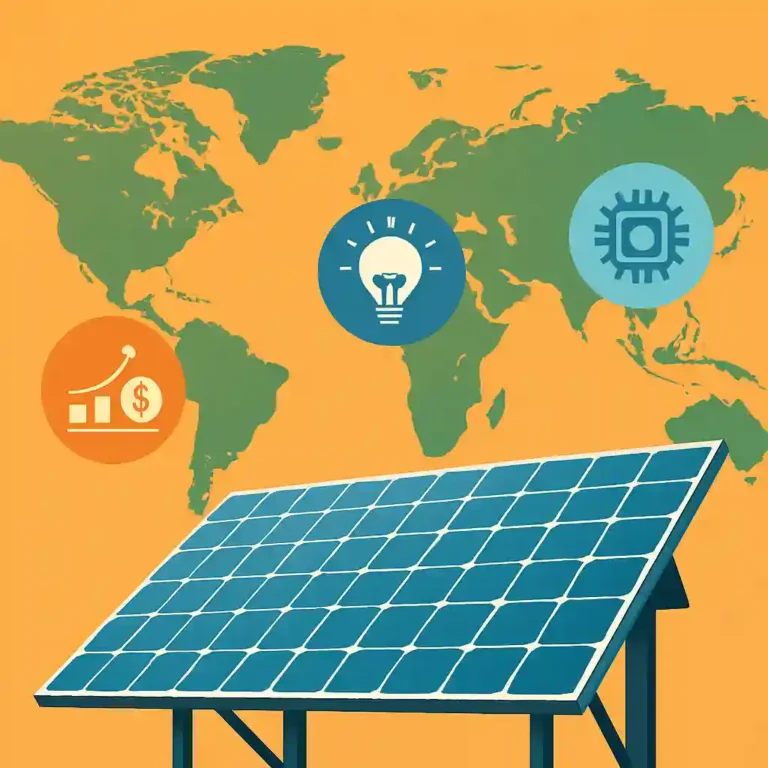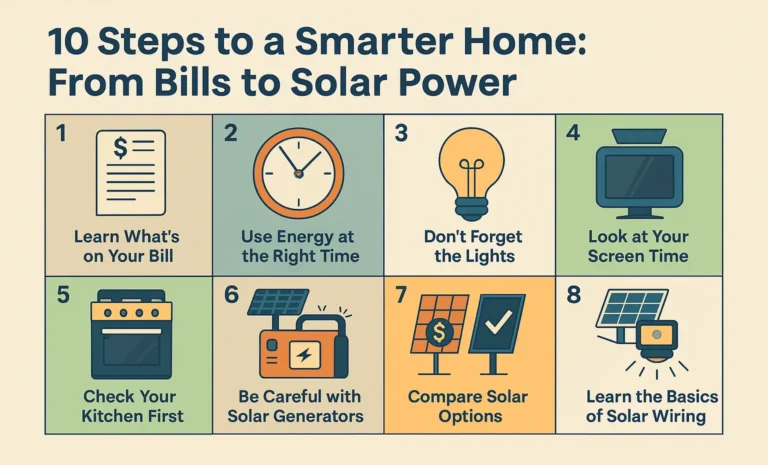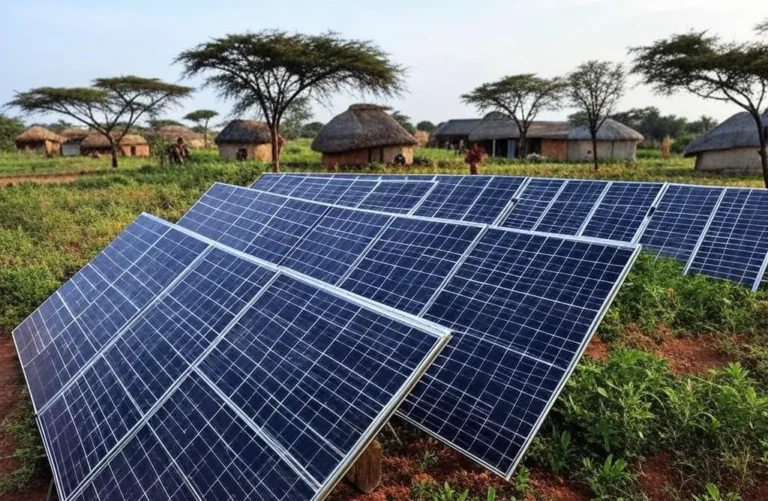Solar Market Potential: Siemens Solar’s Vision for a Renewable Future
The potential of the solar energy market is vast and transformative, promising a future where clean, renewable power dominates the global energy landscape. Siemens Solar, a trailblazer in photovoltaic (PV) technology, is harnessing this potential with innovative systems that meet current demands and anticipate tomorrow’s needs. Originally a brief overview on our website, the “Market Potential” page has evolved into this detailed exploration of solar’s untapped possibilities. From residential rooftops to utility-scale projects and emerging regions, this article examines the drivers, projections, and Siemens Solar’s strategic vision for maximizing solar’s market potential, offering a roadmap to a sustainable energy era.
Defining Solar Market Potential
Solar market potential refers to the maximum achievable growth of solar energy adoption, measured in capacity (gigawatts), economic value (billions of dollars), and environmental impact (tons of CO2 reduced). The International Energy Agency (IEA) estimates that solar could supply 25% of global electricity by 2050, up from 3% in 2023, if barriers like cost and infrastructure are overcome. Siemens Solar views this potential as a call to action, driving our efforts to innovate and expand.
Factors Shaping Market Potential
Several factors define solar’s future:
- Scalability: Solar can power everything from small homes to entire cities.
- Cost Decline: Prices have fallen 80% since 2010, per IRENA.
- Policy Push: Global renewable targets fuel investment.
- Technology: Advances in efficiency and storage unlock new uses.
Residential Market Potential
The residential sector holds immense potential, with millions of rooftops worldwide yet to adopt solar. Siemens Solar’s Earthsafe systems, with 22% efficient panels, tap into this market, projected to reach $200 billion by 2035.
Commercial and Industrial Potential
Businesses and industries are key growth areas, with a potential market size of $300 billion by 2030. Siemens Solar’s SP series powers large facilities, like a German factory saving €2 million yearly.
Utility-Scale Potential
Utility-scale solar farms could add 1,500 GW by 2030, per IEA. Siemens Solar’s integrated systems support this, as seen in a 20 MW California project.
Emerging Markets
Regions like Africa and Asia offer vast potential, with over 1 billion people unelectrified. Siemens Solar’s off-grid solutions, like a Kenyan project, demonstrate scalability.
Siemens Solar’s Vision
Our vision includes doubling installations to 200,000 by 2030, integrating AI, and expanding into new sectors.
Conclusion
Solar’s potential is limitless, and Siemens Solar is paving the way. Explore more on our site.
